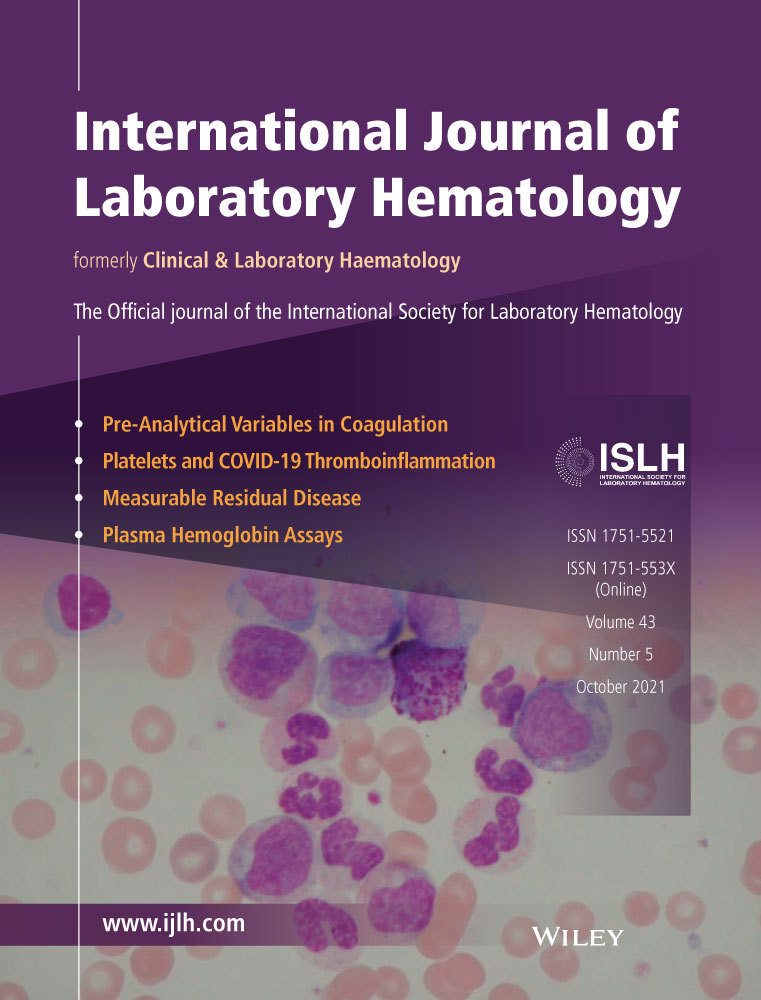Increasing ferritin predicts early death in adult hemophagocytic lymphohistiocytosis
Abstract
Introduction
Hemophagocytic lymphohistiocytosis (HLH) is a rare syndrome of pathologic immune activation. Most studies on adult HLH have evaluated prognostic factors for overall survival; factors predicting early mortality have not been sufficiently investigated.
Methods
This was a collaborative study between Henry Ford Hospital and Barnes-Jewish Hospital. We identified all adult HLH patients with at least 2 ferritin levels within 30 days from admission.
Results
One-hundred twenty-four patients were identified. There were 77 males and 47 females; the median age at diagnosis was 48 years. Multivariate analysis showed that age (OR = 11.41; 95% CI:2.71-48.04; P = .001), hepatomegaly (OR = 15.68; 95% CI:3.24-75.96; P = .001), hyponatremia (OR = 5.94; 95% CI:1.76-20.1; P = .004), hypoalbuminemia (OR = 7.47; 95% CI:2.08-26.85; P = .002), and increasing ferritin levels (OR = 19.46; 95% CI:4.69-80.71; P < .001) were significant predictors of 30-day mortality. Patients with declining ferritin by more than 35% from the ferritin peak were more likely to survive the first 30 days of admission (OR = 4.33; 95% CI:1.04-18.1; P = .033). By risk stratifying our cohort, we identified changes in ferritin levels to be the most significant prognostic factor of 30-day mortality among other risk factors. Further investigating the prognostic utility of ferritin showed that increasing ferritin during the 1st week of admission (data available for 44 patients) was the only significant predictor of 30-day mortality.
Conclusions
To the best of our knowledge, this is the first study reporting changes in ferritin to be a predictor for early death in adult HLH. Changes in ferritin might be a useful indicator of adult HLH disease activity and early prognosis.
CONFLICT OF INTEREST
The authors declare that they have no conflict of interest.




